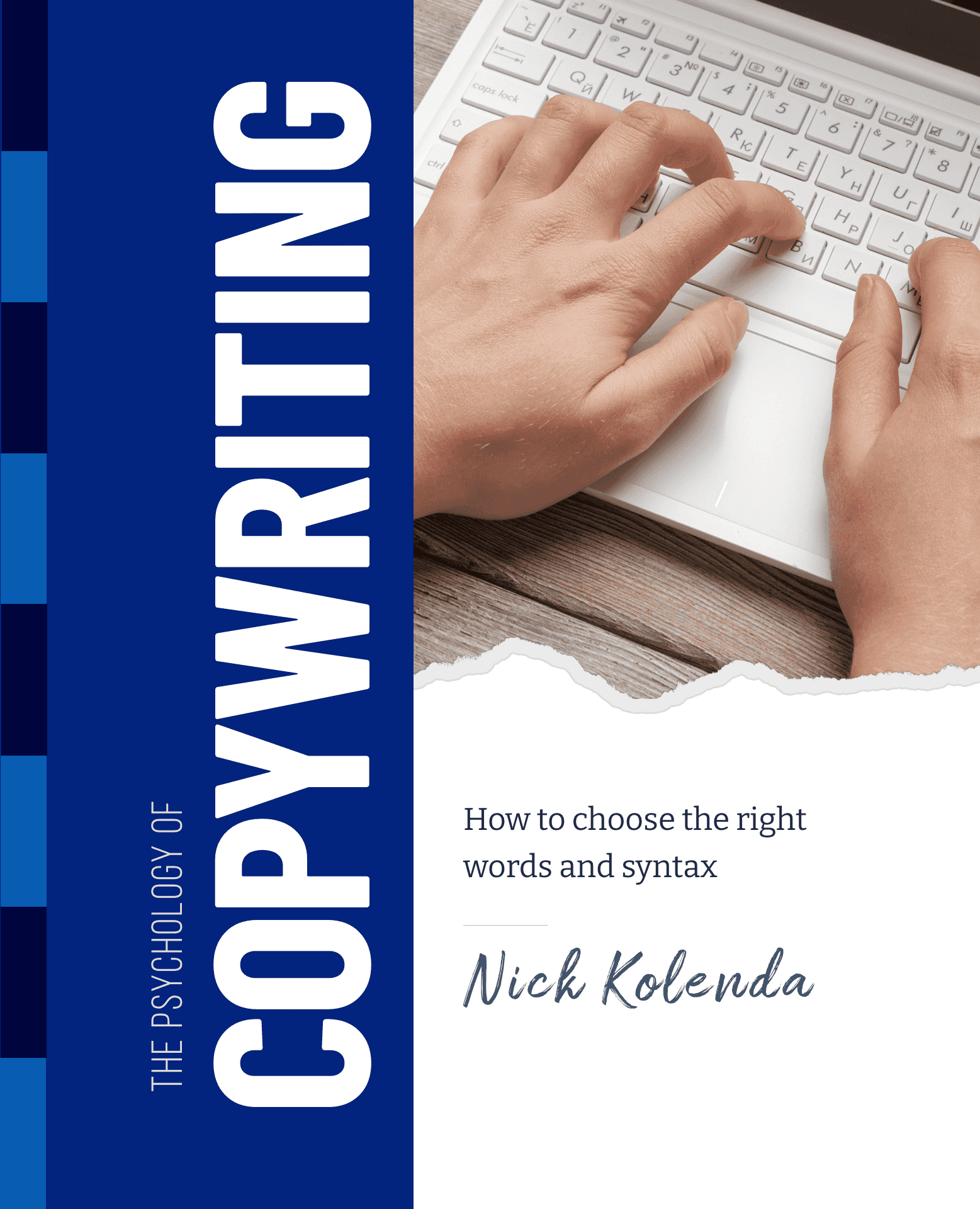
Diversify the Flow of Words and Sounds
Linguistics
Diversify the Flow of Words and Sounds
Add variety in written copy by alternating phonemes, word lengths, sentence lengths, and emotional content.
Copy should flow seamlessly.
How can you tell whether copy is flowing? Read it aloud.
Copy is read through inner speech: You speak these words in your mind (Yao & Scheepers, 2015).
Thus, copy that is hard to say will be hard to read.
Add variety too (e.g., different words, sentence lengths). Eating the same food becomes repetitive and boring without variety (Rolls et al., 1981). Copy is no different.
What to Diversify
- Starting Phonemes. I found a patio set on Target that described “sling-style seating” and “space-saving storage" which are tongue twisters. Alliteration can be persuasive in branding and advertising, but it can be a detriment in long-form copy. People are slower to read sentences with repeated sounds: The sparrow snatched the spider swiftly off the ceiling (McCutchen et al., 1991).
- Ending Phonemes. Likewise, replace “sling seating” with "sling chairs."
- Adjoining Phonemes. It's hard to read “chairs sling” because of the adjoining “s” phoneme.
- Word Length. It's hard to read many small words (e.g., free you up to do the things you love).
- Sentence Length. Read these short sentences. The writing might seem fine. Heck, it might seem engaging. But soon you’ll notice something. This writing is becoming repetitive. Your brain wants a change. It's bored with short sentences. It wants a long sentence. So let’s add a long sentence. Notice how this new sentence feels refreshing and invigorating because of its lengthy prose; it feels like a breath of fresh air that your brain has been seeking.
- Emotional Content. Movies and written copy are more successful when they shift unpredictably between different emotions (Berger et al., 2021).
- Bold and Italics. Especially on emotional words—like exciting or frustrating. Readers internally speak these words with stronger emotionality, intensifying their engagement (Yao & Scheepers, 2015).
Related Applications
- Sequence Words in Alphabetical Order. Customers preferred the slogan Bufferil eases pain because each word was positioned in alphabetical order. Something felt right (King & Auschaitrakul, 2020)
- Berger, J., Kim, Y. D., & Meyer, R. (2021). What makes content engaging? How emotional dynamics shape success. Journal of Consumer Research, 48(2), 235-250.
- King, D., & Auschaitrakul, S. (2020). Symbolic sequence effects on consumers’ judgments of truth for brand claims. Journal of Consumer Psychology, 30(2), 304-313.
- McCutchen, D., Bell, L. C., France, I. M., & Perfetti, C. A. (1991). Phoneme-specific interference in reading: The tongue-twister effect revisited. Reading Research Quarterly, 87-103.
- Rolls, B. J., Rolls, E. T., Rowe, E. A., & Sweeney, K. (1981). Sensory specific satiety in man. Physiology & behavior, 27(1), 137-142.
- Yao, B., & Scheepers, C. (2015). Inner voice experiences during processing of direct and indirect speech. Explicit and implicit prosody in sentence processing: Studies in honor of Janet Dean Fodor, 287-307.

Want more tactics?
Get all my free copywriting tactics